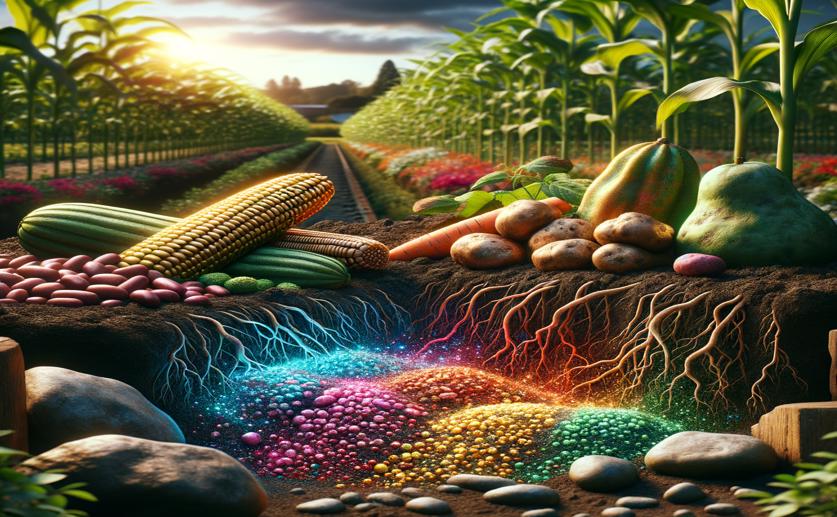
Health Risks of Metals in Soils and Staple Foods from Floodplain Gardens
Jenn Hoskins
1st June, 2024

Image Source: Natural Science News, 2024
Key Findings
- Researchers from the Papua New Guinea University of Technology found high levels of Chromium (Cr) and Lead (Pb) in staple foods grown along the Watut River
- The concentration of Pb in all samples and Cr in 97% of the foods exceeded safe limits set by FAO and WHO
- Consuming these foods, especially bananas, poses significant health risks, including cancer, due to excessive metal intake
References
Main Study
1) Health risks of metals in soils and staple foods of the subsistence food gardens in the floodplains of Watut River, Papua New Guinea.
Published 31st May, 2024
https://doi.org/10.1007/s10661-024-12765-1
Related Studies
2) Bioaccumulation of heavy metals in some commercially important fishes from a tropical river estuary suggests higher potential health risk in children than adults.
3) Effect of home processing methods on the levels of heavy metal contaminants in four food crops grown in and around two mining towns in Ghana.
4) Health risk assessments of arsenic and toxic heavy metal exposure in drinking water in northeast Iran.



 21st February, 2024 | Jim Crocker
21st February, 2024 | Jim Crocker